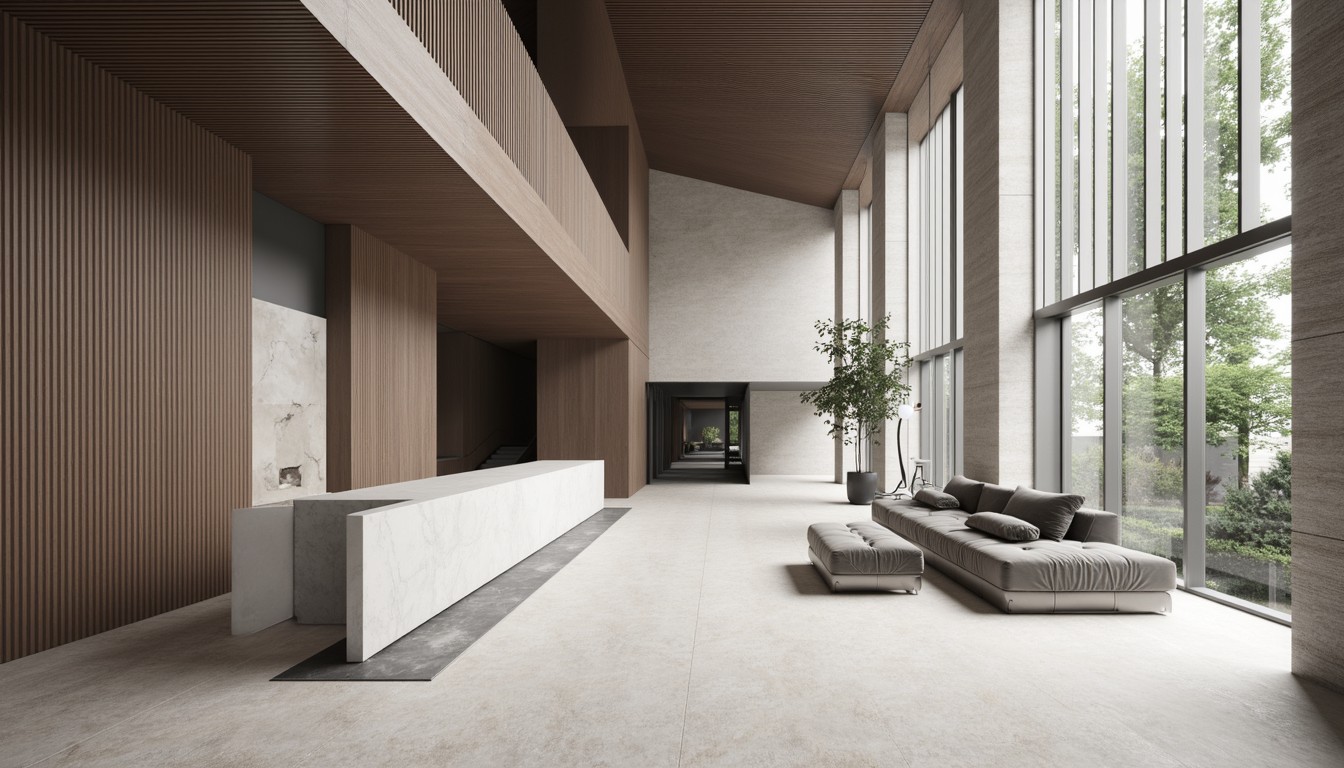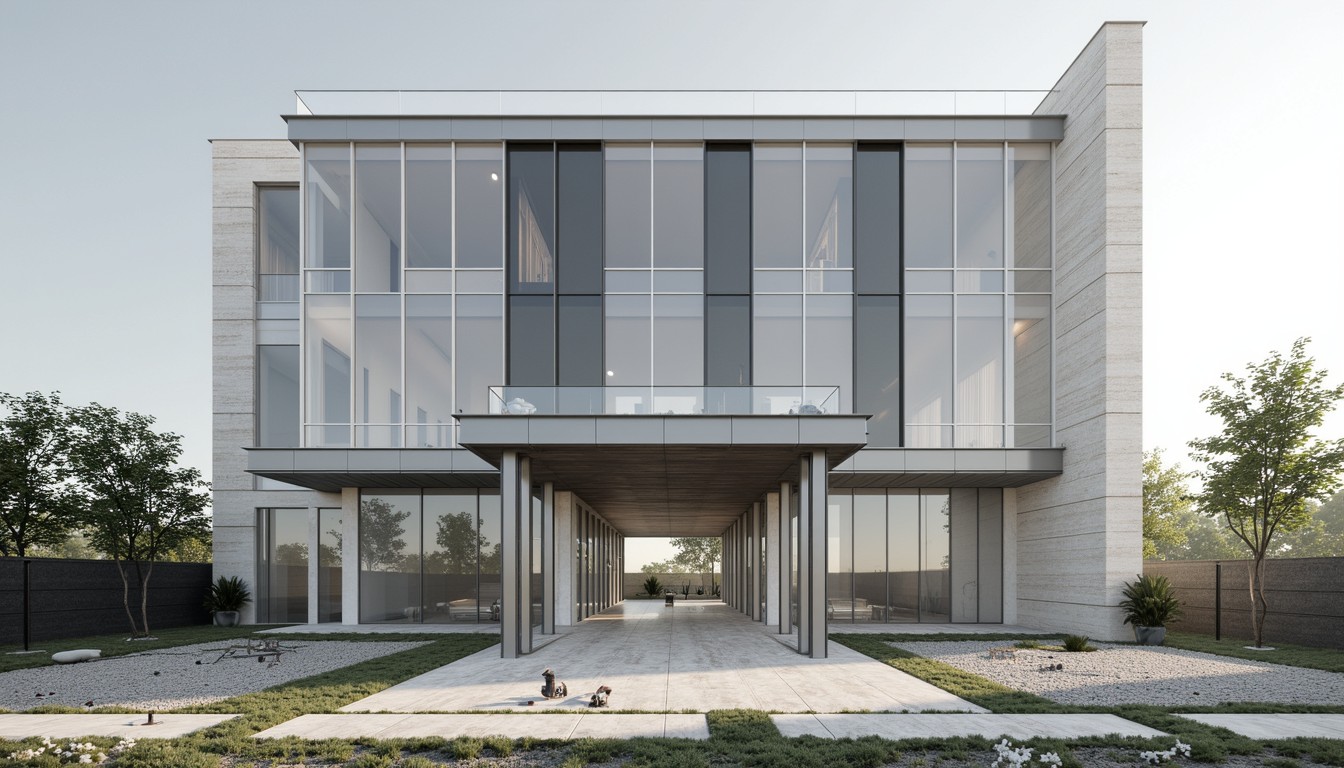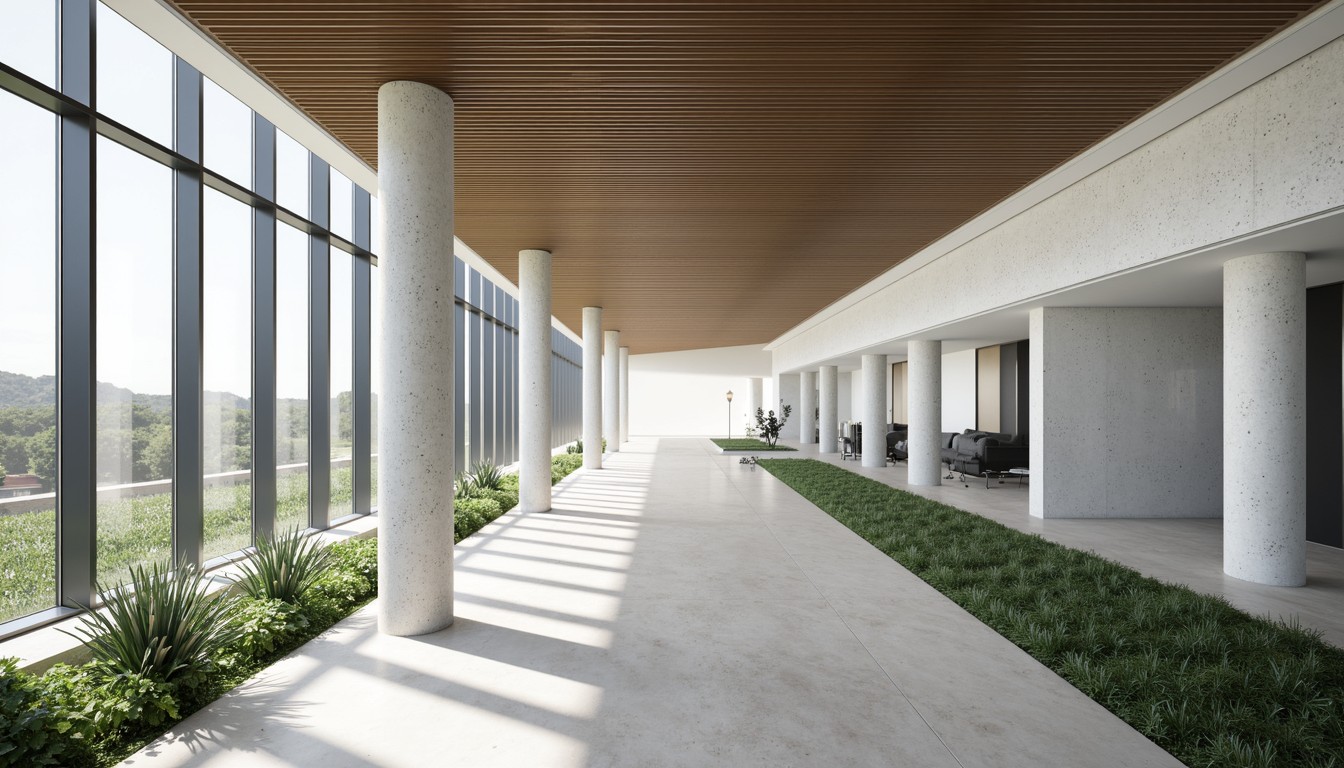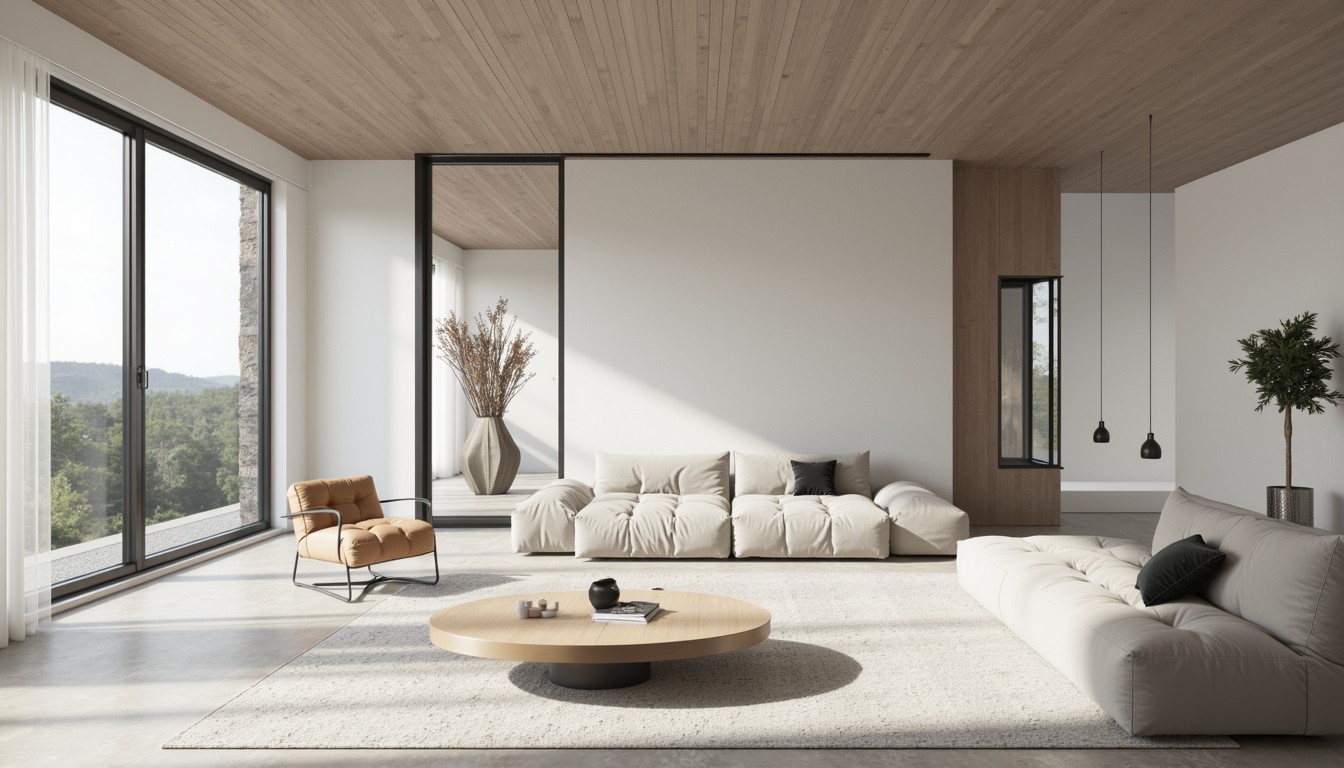Smart Building Technology: Revolutionizing Architecture
The architectural landscape is undergoing a dramatic transformation, driven by the rapid advancement of smart building technology. No longer are buildings simply static structures; they are becoming dynamic, interconnected ecosystems responding to the needs of their occupants and the environment. This integration of technology isn't just a trend; it's a fundamental shift in how we design, construct, and experience buildings.
What is a Smart Building?

A smart building leverages interconnected systems and data analytics to optimize building performance across various aspects. This involves integrating various technologies, including Internet of Things (IoT) devices, Building Management Systems (BMS), and advanced software platforms. These systems work together to monitor and control energy consumption, security, lighting, HVAC (Heating, Ventilation, and Air Conditioning), and more, all with the goal of creating a more efficient, sustainable, and comfortable environment.
Key Technologies Driving the Smart Building Revolution

- Internet of Things (IoT): A network of interconnected devices – sensors, actuators, and controllers – collecting and exchanging data to optimize building operations. This allows for real-time monitoring and control of various systems.
- Building Management Systems (BMS): Centralized systems that monitor and control various building functions, from HVAC and lighting to security and access control. Smart BMS integrate with IoT devices for enhanced functionality.
- Artificial Intelligence (AI) and Machine Learning (ML): AI and ML algorithms analyze data collected by IoT devices and BMS to predict and optimize building performance, anticipate maintenance needs, and personalize occupant experiences.
- Cloud Computing: Enables secure storage and processing of vast amounts of data generated by smart building systems, facilitating data analysis and remote management.
- Building Information Modeling (BIM): BIM plays a crucial role in the design and construction phase, enabling architects and engineers to integrate smart building technology into the design from the outset. This ensures seamless integration and avoids potential conflicts during construction.
Real-World Applications and Benefits
Enhanced Energy Efficiency:
Smart buildings significantly reduce energy consumption through intelligent control of lighting, HVAC systems, and other energy-intensive components. Real-time monitoring and predictive analytics enable optimized energy usage, leading to lower operational costs and a reduced carbon footprint. This is a critical aspect of sustainable architecture.
Improved Occupant Comfort and Productivity:
Personalized climate control, optimized lighting, and smart access systems enhance occupant comfort and productivity. Smart buildings can adapt to individual preferences, creating a more pleasant and efficient work or living environment. This translates to improved well-being and increased satisfaction.
Enhanced Security and Safety:
Integrated security systems, including access control, surveillance, and fire detection, provide enhanced safety and security. Real-time monitoring and alerts enable rapid response to potential threats, minimizing risks and protecting occupants and assets.
Predictive Maintenance:
Smart building systems can predict potential equipment failures based on data analysis, enabling proactive maintenance and preventing costly downtime. This reduces maintenance costs and ensures the smooth operation of building systems.
Data-Driven Insights:
The vast amount of data collected by smart building systems provides valuable insights into building performance, occupant behavior, and energy consumption patterns. This data can be used to optimize building design, operations, and resource allocation.
ArchNav's Role in Visualizing the Future of Smart Buildings

At ArchNav, we understand the importance of visualizing these complex systems. Our cutting-edge architectural visualization services allow architects and developers to showcase the potential of smart building technology to clients and stakeholders. We create immersive 3D renderings, virtual tours, and interactive experiences that bring the vision of a smart building to life, enabling informed decision-making and fostering collaboration.
We specialize in integrating smart building elements seamlessly into our visualizations, showcasing the technology's impact on building aesthetics, functionality, and user experience. Our expertise in BIM integration ensures accurate and detailed representation of smart building systems, allowing for a complete understanding of how these technologies will function within the designed space.
Conclusion
Smart building technology is no longer a futuristic concept; it's a present-day reality transforming the architectural landscape. By embracing these innovative technologies, architects can design buildings that are more efficient, sustainable, and responsive to the needs of their occupants. ArchNav is at the forefront of this revolution, providing the visualization expertise needed to bring these innovative designs to life and shape the future of architecture.
